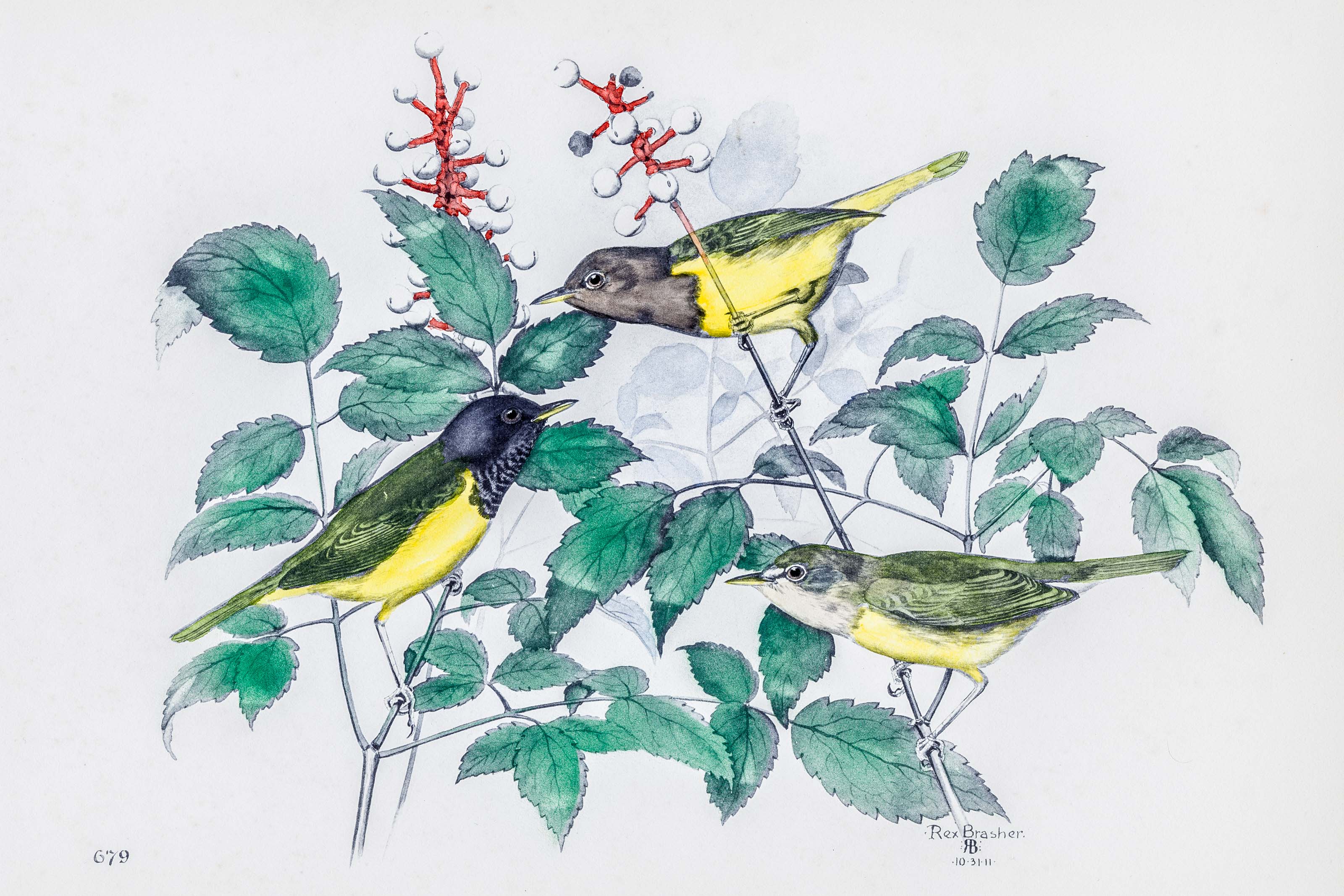
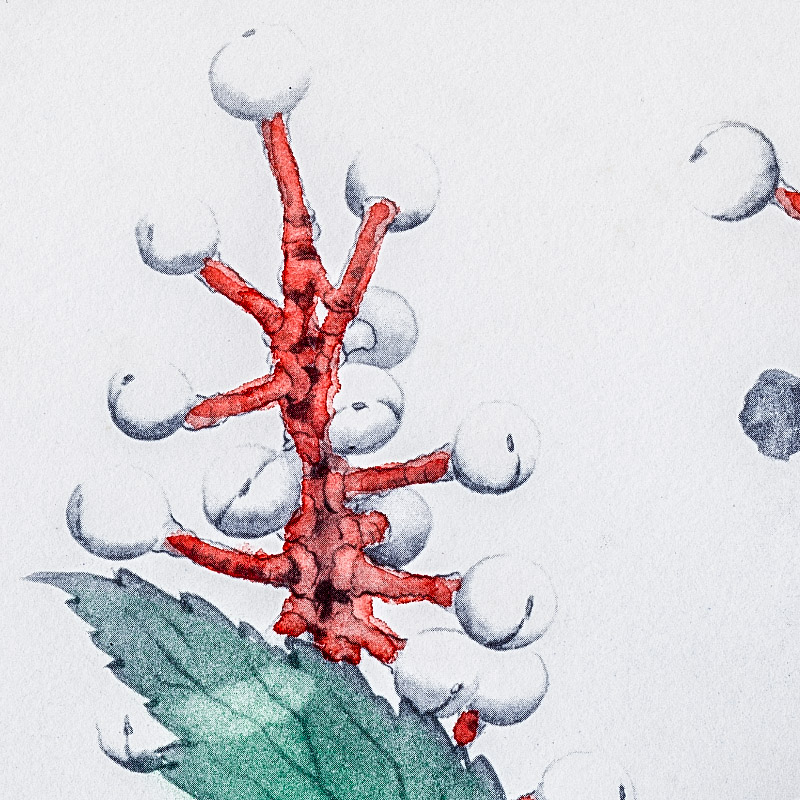
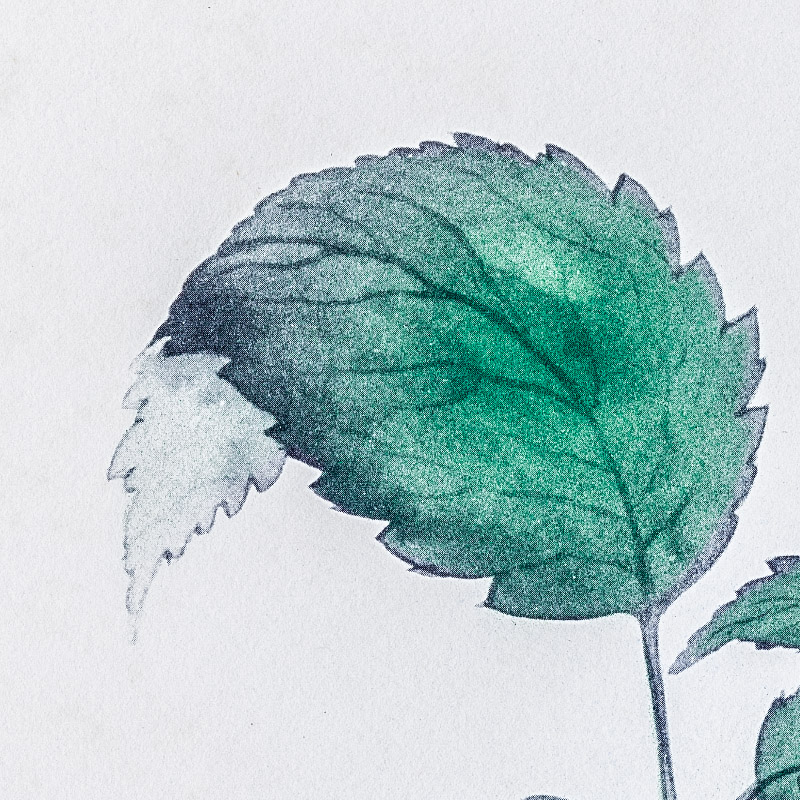
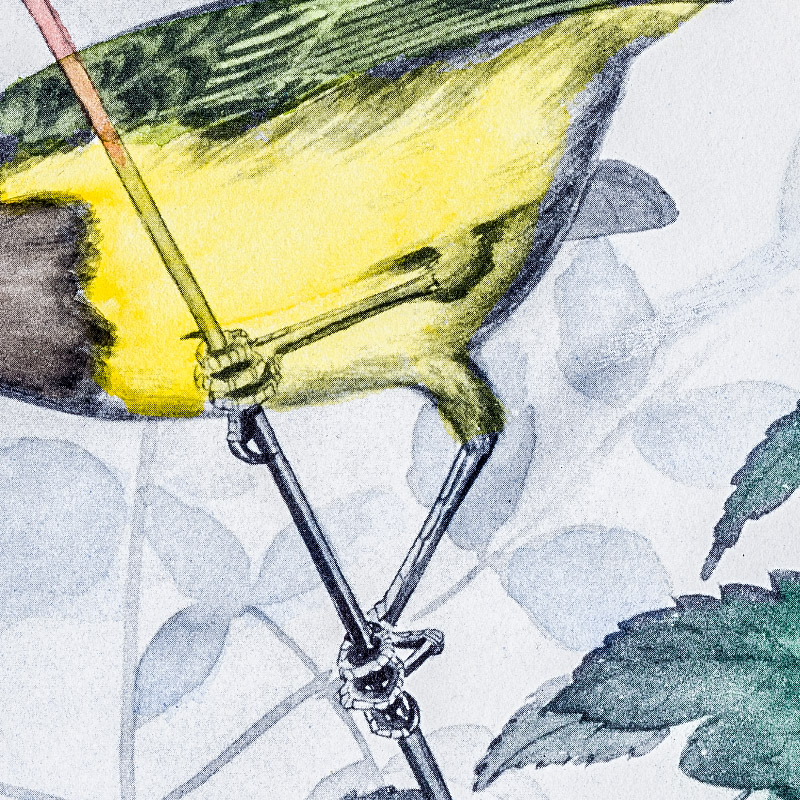

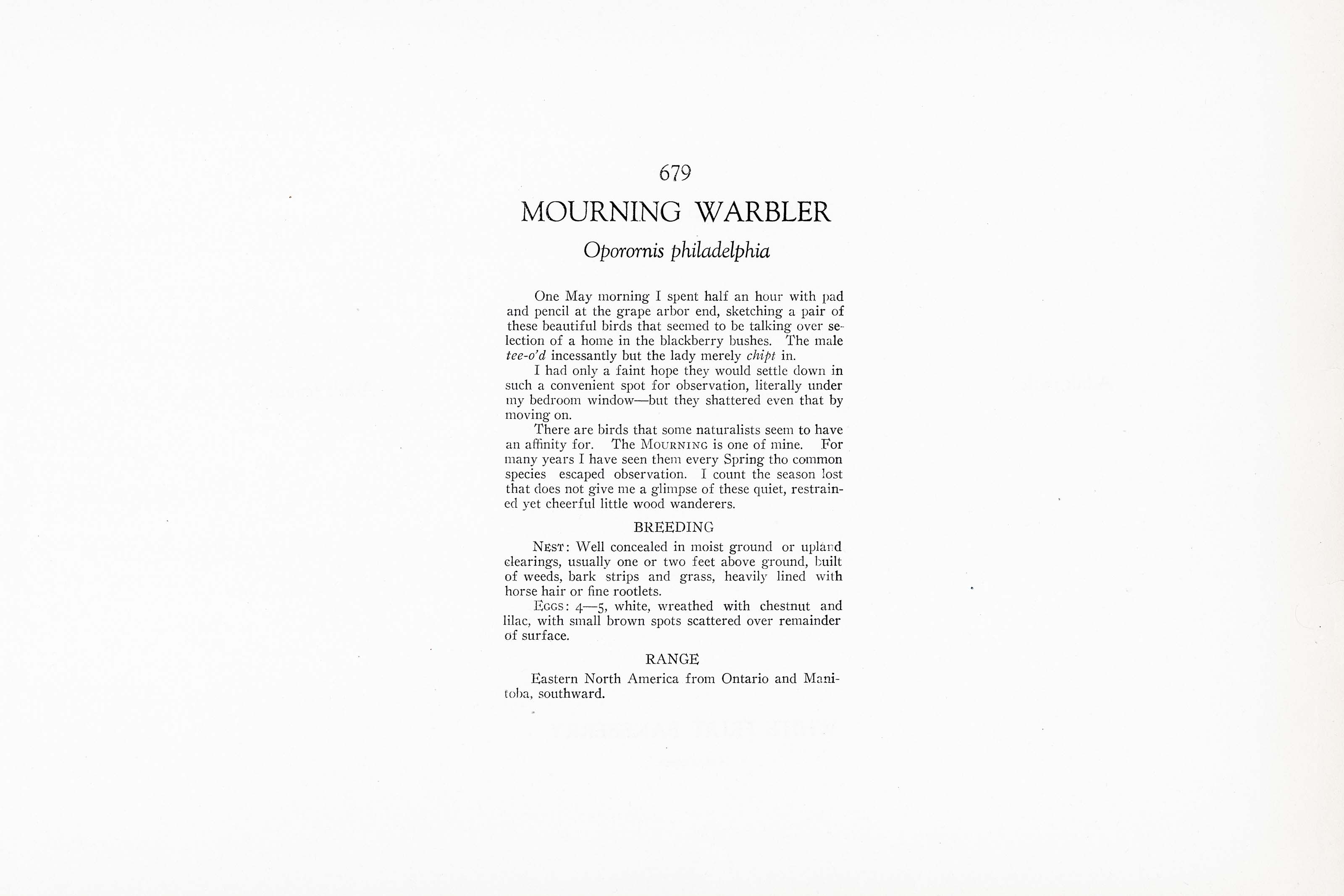

1911
1930
11
679
A team of dedicated board members, volunteers, and student interns has published every page in Volume 9. This volume includes 360 images of paintings and lyrical descriptions of birds, now available online for everyone to enjoy anywhere in the world. This is a monumental task. Each volume requires approximately 400 hours to photograph, edit, transcribe, catalog, and publish online. We need your support to complete this work.
If you're tech-savvy, have a good eye, are meticulous with details, and love structured data, please consider volunteering by emailing us at hello@rexbrasher.org.
We encourage all bird lovers and supporters to consider a monetary donation to support our mission to make Rex's work available for everyone. You can provide a one-time or recurring donation online.
One May morning I spent half an hour with pad and pencil at the grape arbor end, sketching a pair of these beautiful birds that seemed to be talking over selection of a home in the blackberry bushes. The male tee-o'd incessantly but the lady merely chipt in.
I had only a faint hope they would settle down in such a convenient spot for observation, literally under my bedroom window — but they shattered even that by moving on.
There are birds that some naturalists seem to have an affinity for. The MOURNING is one of mine. For many years I have seen them every Spring tho common species escaped observation. I count the season lost that does not give me a glimpse of these quiet, restrained yet cheerful little wood wanderers.
NEST: Well concealed in moist ground or upland clearings, usually one or two feet above ground, built of weeds, bark strips and grass, heavily lined with horse hair or fine rootlets.
EGGS: 4–5, white, wreathed with chestnut and lilac, with small brown spots scattered over remainder of surface.
Eastern North America from Ontario and Manitoba, southward.